Yoga Blog
Mastering Your Breath: Essential Techniques for Controlling Pranayama During Yoga Practice
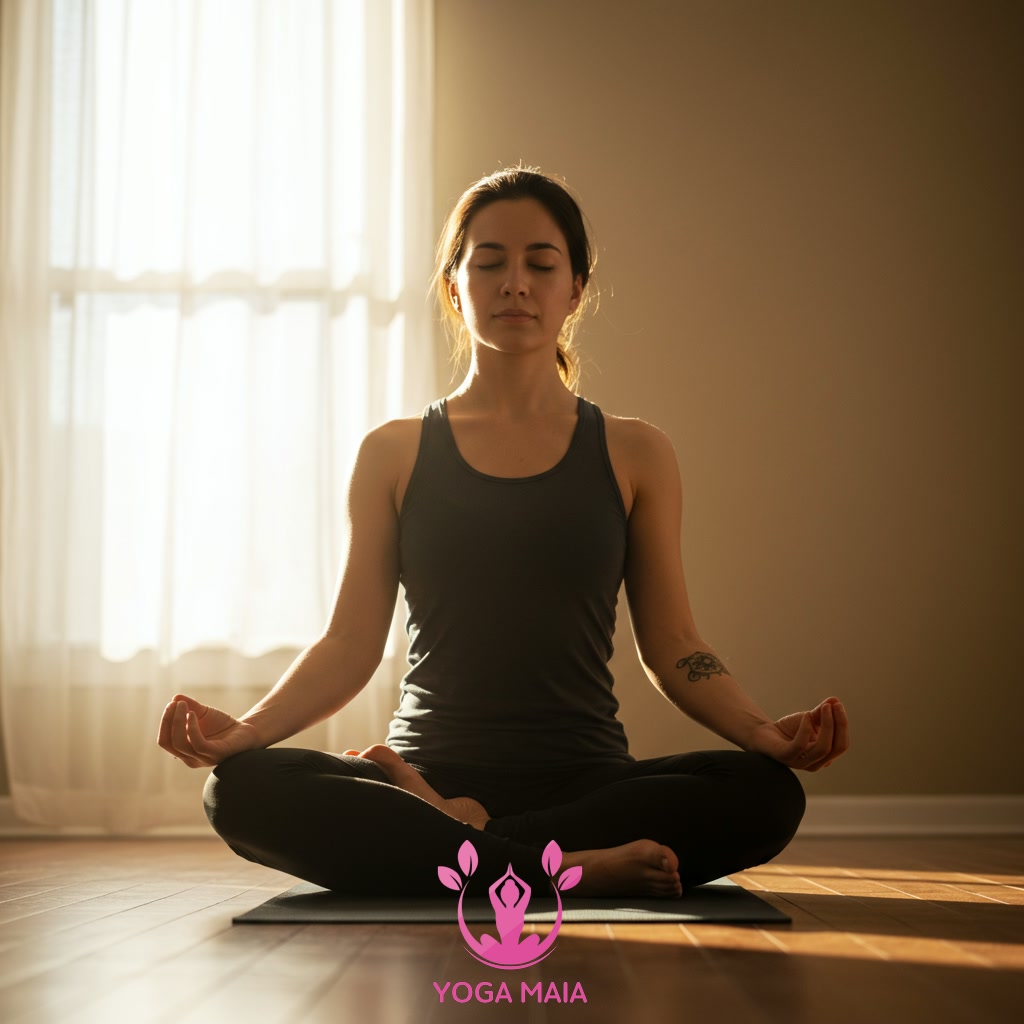
This content explores how to effectively control your breath, known as Pranayama. It delves into essential techniques specifically designed for integrating breath control into your yoga practice. The focus is on mastering these methods to enhance the benefits and experience of yoga. By learning proper breath regulation, practitioners can deepen their poses and improve focus during sessions.
Table of Contents
- Section 1: Understanding Pranayama: The Foundation of Breath Control in Yoga
- Section 2: Essential Pranayama Techniques for Yoga Practice
- Section 3: Integrating Breath Control into Yoga Asanas (Postures)
- Section 4: Common Challenges and Tips for Practicing Pranayama
- Section 5: Benefits of Mastering Your Breath During Yoga
- Section 6: Developing a Consistent Pranayama Practice
Section 1: Understanding Pranayama: The Foundation of Breath Control in Yoga
Pranayama, often translated as “control of the life force,” is a fundamental limb of yoga that goes beyond simple breathing. It involves conscious regulation of the breath – inhalation, retention, and exhalation – to influence the flow of *prana*, or vital energy, throughout the body. Understanding Pranayama is essential because breath is seen as a bridge connecting the body and mind. By mastering the breath, practitioners can calm the nervous system, improve concentration, and prepare the mind for deeper states of meditation. It’s not just about taking deep breaths, but a systematic practice to expand and direct energy, forming a crucial foundation for advancing in your yoga journey and enhancing overall well-being.
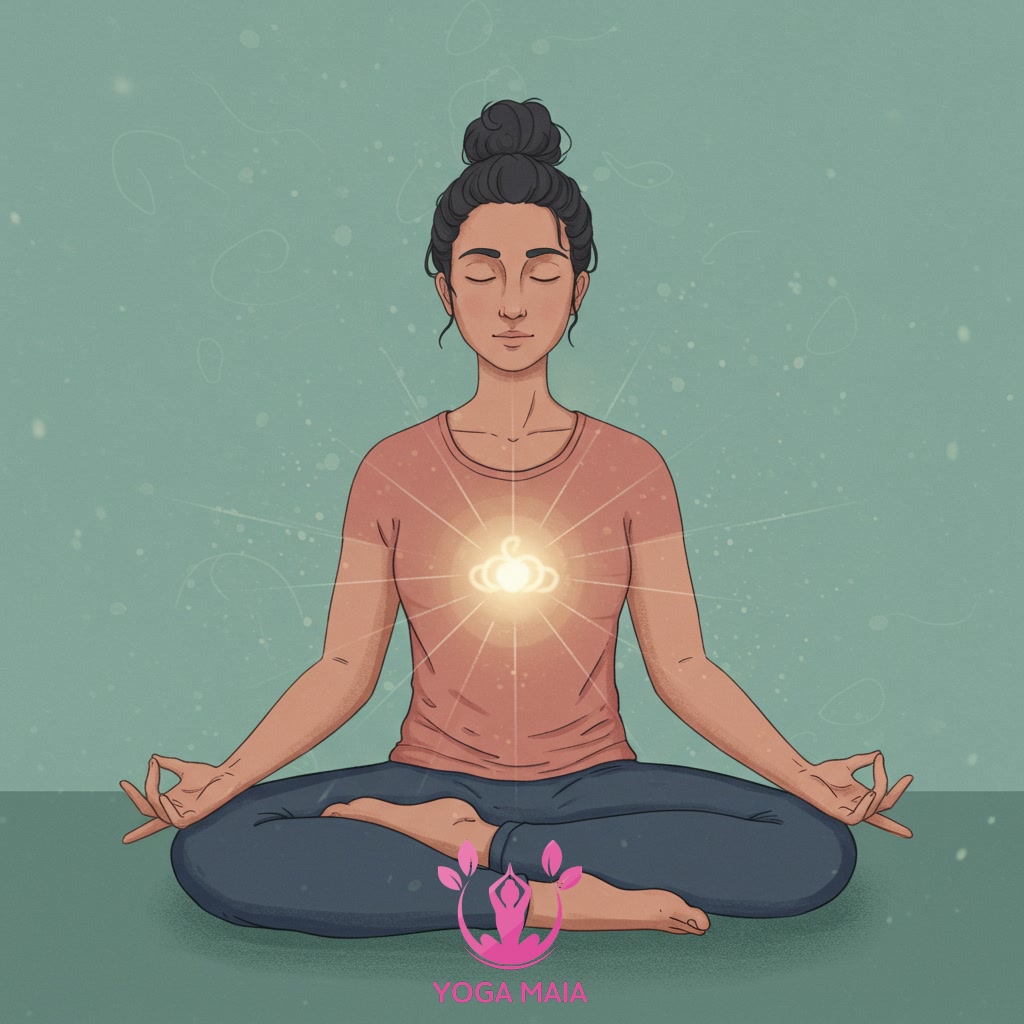 Understanding Pranayama: The Foundation of Breath Control in Yoga
Understanding Pranayama: The Foundation of Breath Control in Yoga
Section 2: Essential Pranayama Techniques for Yoga Practice
Building upon the understanding of pranayama as conscious breath regulation, this section explores fundamental techniques essential for integration into yoga practice. Techniques like Ujjayi (Victorious Breath) are paramount, often used throughout entire asana sequences to create a continuous flow, build internal heat, and maintain focus. Ujjayi involves slightly constricting the back of the throat during both inhalation and exhalation, creating a gentle oceanic sound that serves as an anchor for the mind. Other foundational methods include Nadi Shodhana (Alternate Nostril Breathing), a powerful technique for balancing energy channels, typically practiced before or after asana, and Kapalabhati (Skull Shining Breath), a cleansing breath used for invigorating the body. Mastering these methods allows practitioners to deepen poses, enhance concentration, and cultivate a more profound connection between breath and movement on the mat.
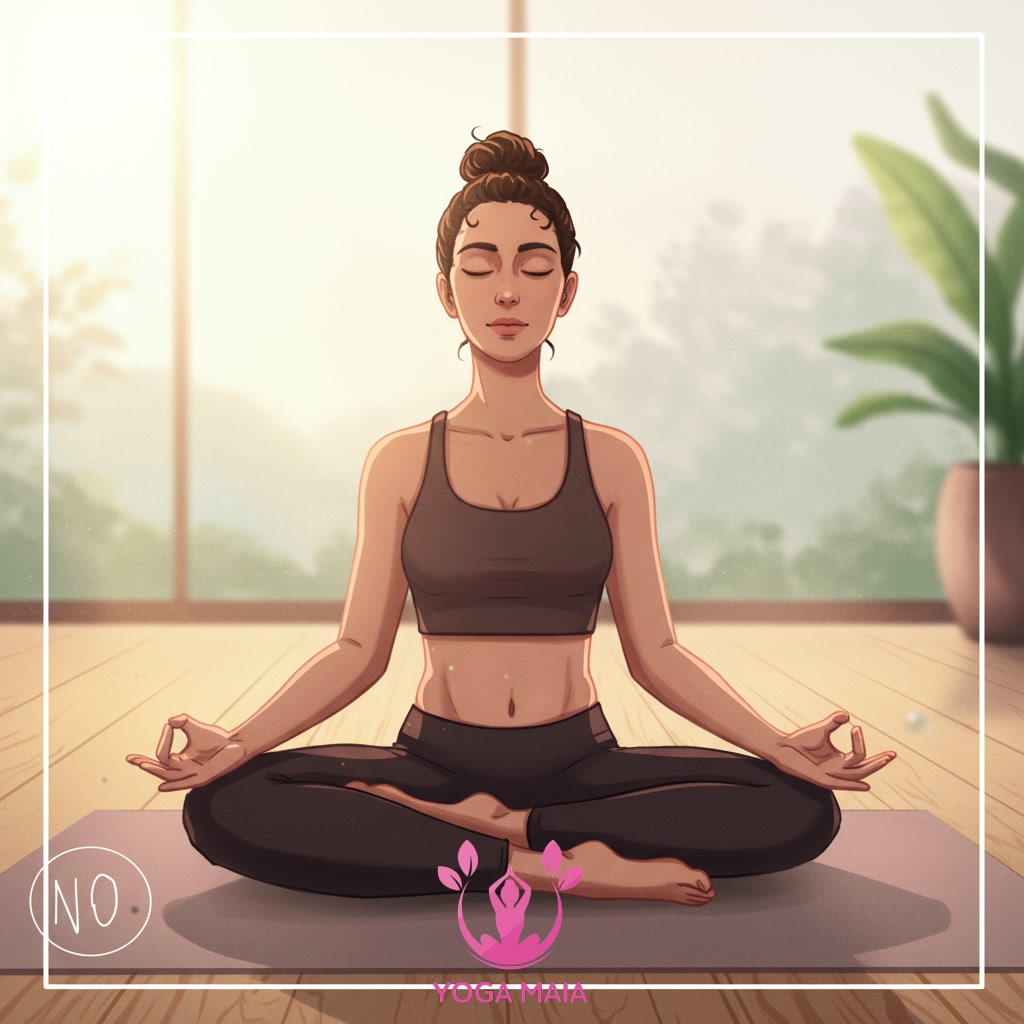 Essential Pranayama Techniques for Yoga Practice
Essential Pranayama Techniques for Yoga Practice
Section 3: Integrating Breath Control into Yoga Asanas (Postures)
Integrating breath control, or pranayama, directly into your yoga asana practice is fundamental for deepening your experience and maximizing benefits. As you move through postures, consciously link your inhalations and exhalations to specific movements. For example, often you inhale to lengthen or open the body and exhale to fold, twist, or ground down. Maintain the chosen breath technique, such as Ujjayi, consistently throughout the flow and while holding poses. The breath acts as an anchor, helping to steady the mind, enhance focus, and guide the body with mindful awareness. By synchronizing breath and movement, you create a meditative rhythm, allowing you to explore the pose more fully, find ease in effort, and cultivate a stronger mind-body connection.
 Integrating Breath Control into Yoga Asanas (Postures)
Integrating Breath Control into Yoga Asanas (Postures)
Section 4: Common Challenges and Tips for Practicing Pranayama
Despite the profound benefits of Pranayama, practitioners often encounter hurdles. Common challenges include difficulty maintaining focus amidst distractions, feeling breathless or restricted during specific techniques, or experiencing uneven or forced breathing patterns. Sustaining the correct breath ratio or duration can also be initially challenging. However, these obstacles are normal and can be addressed with mindful practice. Key tips involve finding a truly comfortable seated position, using props generously to support the spine, and starting with shorter durations and simpler breathwork before advancing. Crucially, always listen to your body and never force the breath; if discomfort arises, return to natural breathing. Consistent, gentle practice, even for short periods daily, is more effective than infrequent long sessions for building proficiency and easing into the flow of Pranayama.
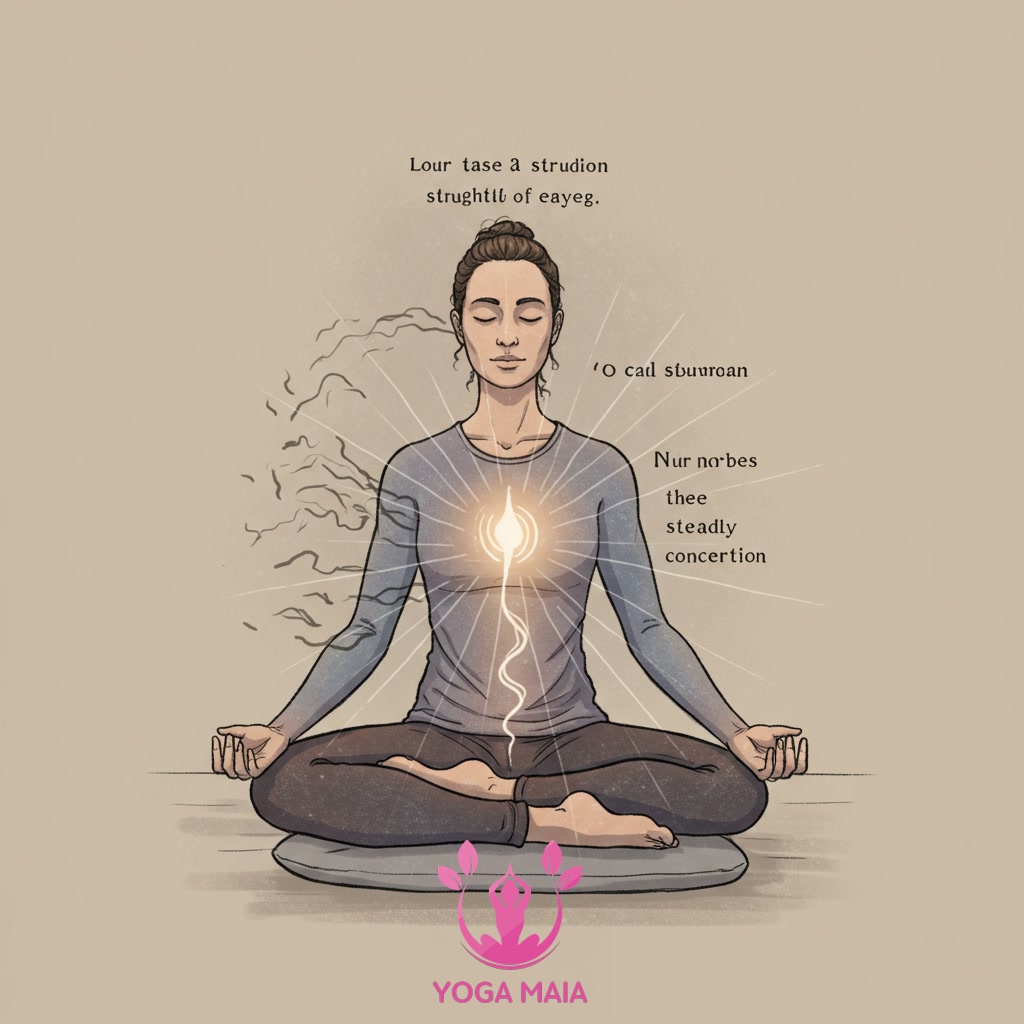 Common Challenges and Tips for Practicing Pranayama
Common Challenges and Tips for Practicing Pranayama
Section 5: Benefits of Mastering Your Breath During Yoga
Building on the difficulties practitioners sometimes face, mastering breath control during yoga practice unlocks significant advantages. Effectively managing your breath, or Pranayama, cultivates profound mental clarity and unwavering focus, allowing you to stay present in each pose and moment. This enhanced awareness translates directly into greater stability and depth in your asanas, transforming challenging postures into opportunities for growth and ease. Beyond the physical, regulated breathing calms the nervous system, reducing stress and anxiety while boosting energy levels and overall vitality. It strengthens the vital connection between mind and body, deepening your self-awareness and enriching the entire yoga experience, making each session more effective and restorative.
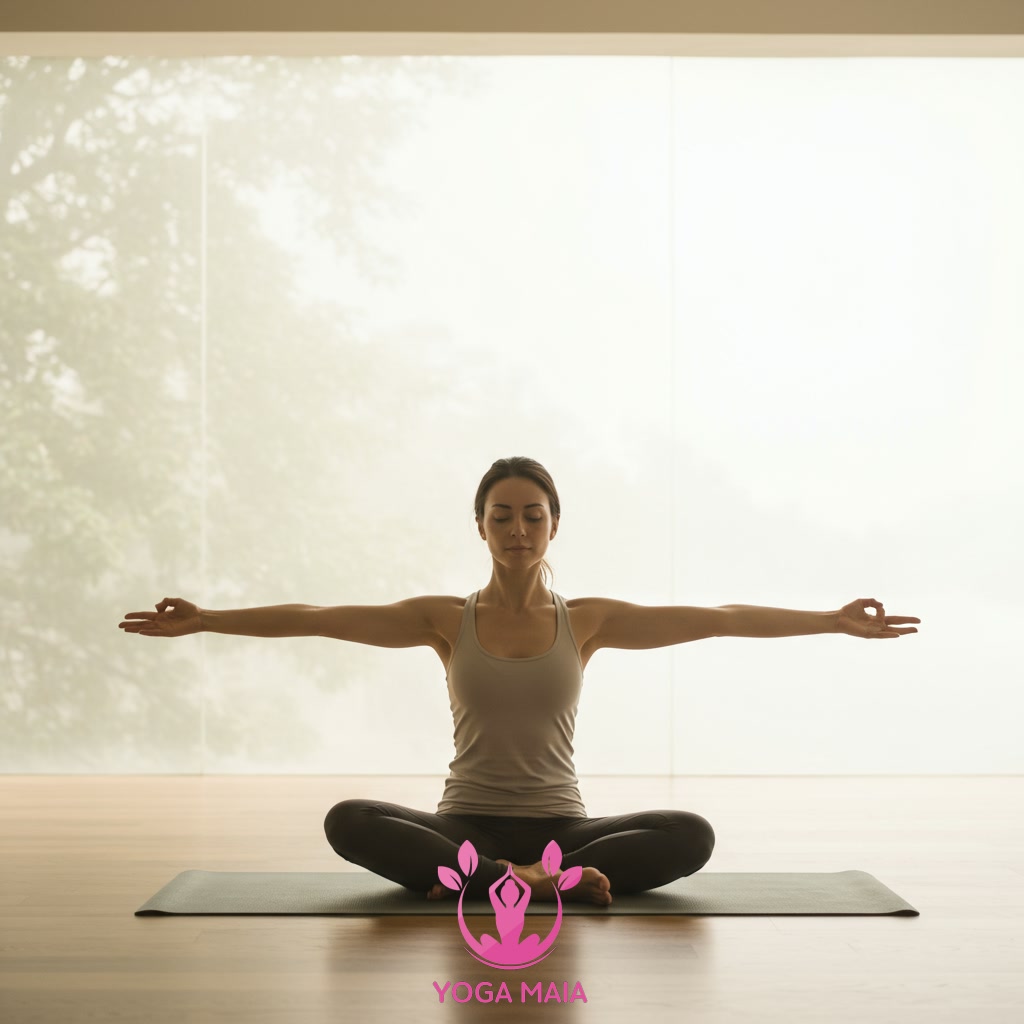 Benefits of Mastering Your Breath During Yoga
Benefits of Mastering Your Breath During Yoga
Section 6: Developing a Consistent Pranayama Practice
Establishing a regular pranayama practice is fundamental to experiencing its transformative benefits. The key lies in consistency, not necessarily length or intensity initially. Begin by dedicating a short, manageable amount of time each day, perhaps five to ten minutes. Integrate this into your existing routine, whether it’s before your yoga asana practice, after meditation, or simply at a quiet moment. Choose a consistent time and find a calm, dedicated space where you can practice without distraction. Approach your practice with patience and without judgment; some days will feel easier than others. The power comes from showing up regularly. Over time, this dedicated effort will build resilience, deepen your connection to your breath, and significantly enhance both your yoga practice and daily life.
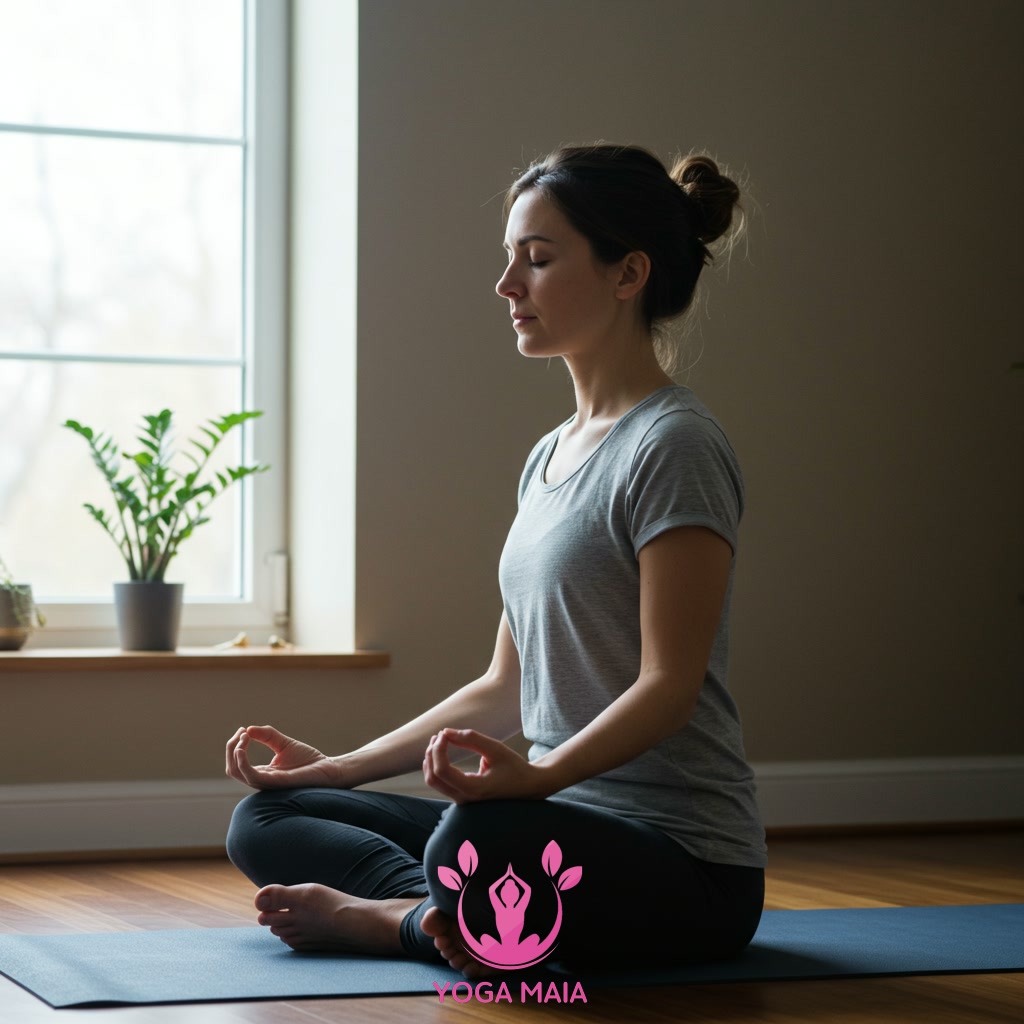 Developing a Consistent Pranayama Practice
Developing a Consistent Pranayama Practice












